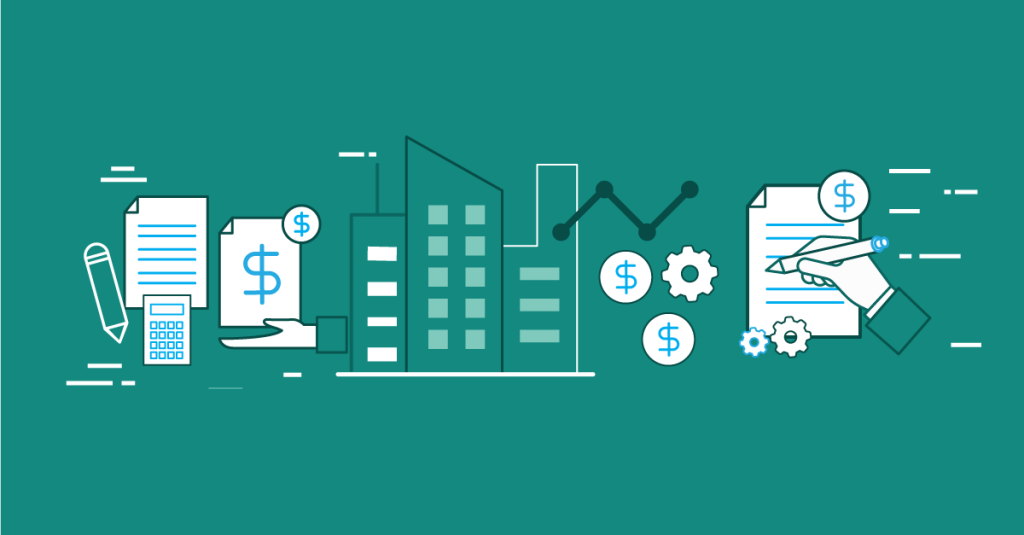What Is a Quoted Price? The Mechanics Behind Quoted Prices
What Is a Quoted Price? A Beginner’s Guide to Understanding Market Prices
In the fast-paced world of trading, it’s crucial to grasp the fundamentals of market prices. As a beginner trader, you might have come across the term “quoted price” while navigating the exciting yet complex financial landscape. But what exactly does it mean? How does it impact your trading decisions? This article aims to demystify the concept of quoted prices, shedding light on their significance and providing insights into how they shape the dynamics of the market.
